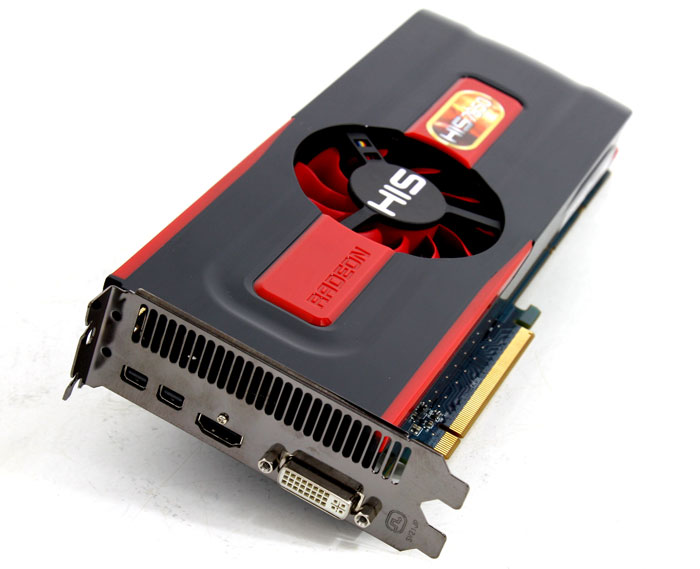PCIe Gen 3 and ZeroCore Power
PCIe Gen 3
In Q3 and Q4 of 2011 we have seen a lot of PCIe gen 3 motherboard announcements. What's that all about you ask? In a nutshell, PCI Express Gen 3 provides a 2x faster transfer rate over the previous generation. This delivers capabilities for next generation extreme gaming solutions.
So opposed to the current PCI Express slots which are Gen 2, the PCI Express Gen 3 will have twice the available bandwidth and that is 32GB/s, improved efficiency and compatibility and as such it will offer better performance for current and next gen PCI Express cards.
To make it even more understandable, going from PCIe Gen 2 to Gen 3 doubles the bandwidth available to the add-on cards installed, from 500MB/s per lane to 1GB/s per lane.
So a Gen 3 PCI Express x16 slot is capable of offering 16GB/s (or 128Gbit/s) of bandwidth in each direction. That results in 32GB/sec bi-directional bandwidth.
The big problem is that you need a symbiosis of proper compatible hardware, like a Gen 3 supporting motherboard, Gen 3 capable processor and thus a graphics card supporting the new standard. A lot of Z68 and all X79 are PCIe Gen 3 certified. However, processor wise the upcoming Ivy Bridge CPU's from Intel will support Gen 3. It is still pending whether or not Sandy Bridge-E will get Gen 3 support.
Power Consumption - ZeroCore Power Technology
There has been a dilemma in the PC industry ongoing for years now, while we all want greener and more power efficient products, our needs and demands for the PC have changed and as such we've seen a large shift in power consumption. The past two maybe three years though being more green has become a priority. Not only will it help mother nature, the electricity bill needs to be as low as possible as well right?
Therefore it's always a compromise, more performance means higher power consumption. That trend is changing though as performance for Watt has become an increasingly important aspect for any piece of hardware.
Believe it or not, but the high end Radeon HD 7900 series have a rated peak TDP (maximum power draw) of just 160~170 Watt, and that's really all right for a product of this caliber, features and performance.
AMD really focused on idle states as well, when you are in desktop mode for example in the year 2008 on 55nm a graphics card would draw up-to 90 Watt. That changed dramatically on the 40nm nodes and product towards a much better ~20 Watt.
A new precedent is being set here though as in desktop idle mode, this high-end graphics card consumes only 2.7 Watt. So when the GPU is utilized less then 95% it can almost shut itself down 99%, even the ventilator will spin down and disable itself (which is a little freaky when you first see it really).
So what's happening there you might ask?
Well, as soon as the system goes into long idle state and applications are not actively changing the screen contents, the GPU enters the ZeroCore power state. In the ZeroCore power state, the GPU core (including the 3D engine / compute units, multimedia and audio engines, displays, memory interfaces, etc.) is completely powered down. ZeroCore Power state maintains a very small bus control block to ensure that GPU context is still visible to the operating system and SBIOS.
The enablement of the ZeroCore Power feature is controlled by the driver. The driver on its end monitors the display contents and allows the GPU to enter the ZeroCore Power in the condition that the GPU enters long idle and subsequent work requests are no longer being submitted to the engine. If any applications update the screen contents, ZeroCore Power technology can periodically wake the GPU to update the framebuffer contents and put the GPU back into the ZeroCore Power state.
Furthermore, applications such as Windows 7 desktop gadgets are architected to minimize activity and save power in the long idle state. These applications are active during screen-on mode to display dynamic content such as weather, RSS feeds, stock symbols, system status, etc. but also have the intelligence to suspend any updates and activity when the system enters long idle. These applications will not wake the GPU from the ZeroCore Power state in long idle. I have immense respect for the new technology as it is a truly great achievement.
So TDP wise, 160~170 Watt when it peaks during gaming, and 2.7 Watt in idle.

